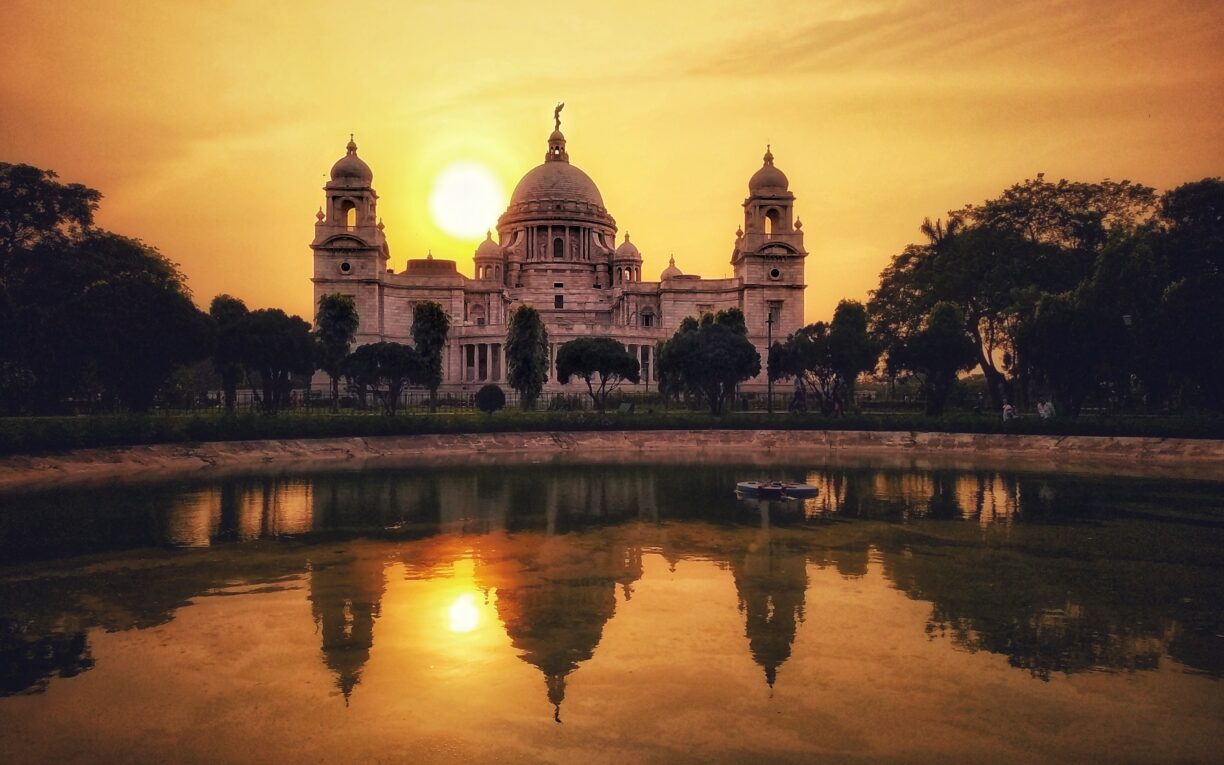
Explore Kolkata, India
Why Kolkata?
Beautiful Victorian style architecture
Known as the City of Joy and intellectual capital of India, Kolkata is famous for its people, culture, food, music, literature and the movies. Kolkata, earlier known as Calcutta, was established by the British in 1690 and remained there capital until 1911. Kolkata, without a doubt, marked a major turning point in the making of colonial India. The city retains some of India’s most iconic Victorian style architecture. It is the only city to have trams and is home to the country’s first underground railway. The city is associated with most of the Noble Prize winners produced by the country like Rabindranath Tagore and Mother Teresa.
Kolkata Highlights
Here we have selected a few of the sights and experiences that you really should see on a visit to Kolkata.



